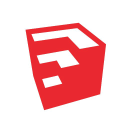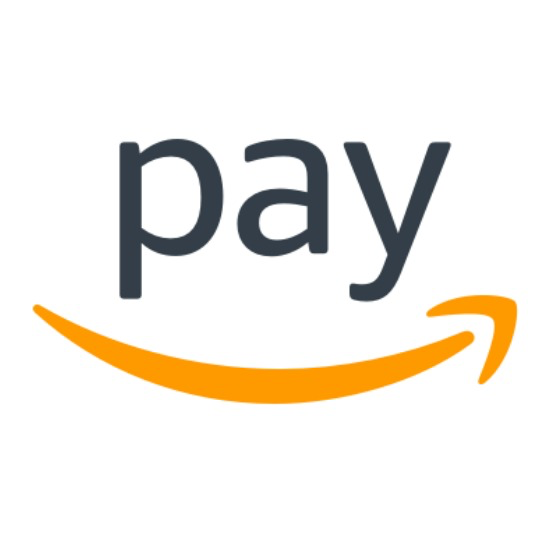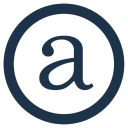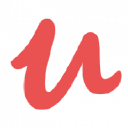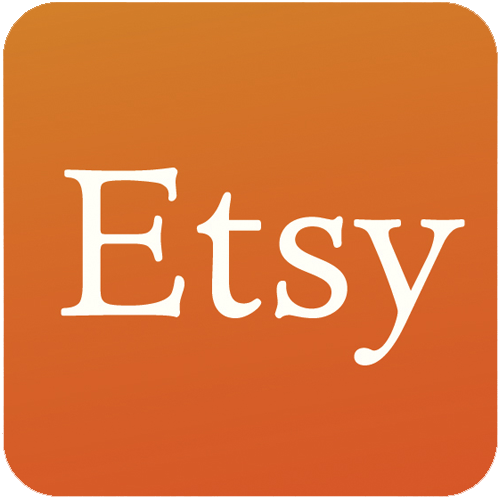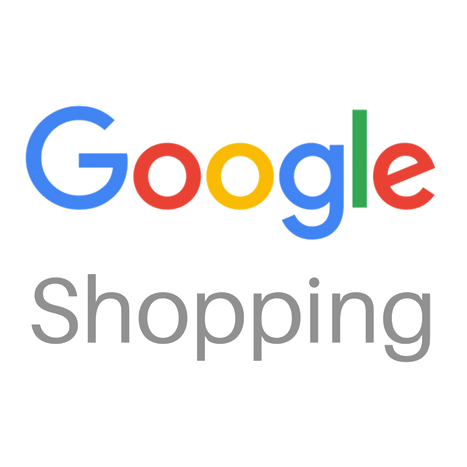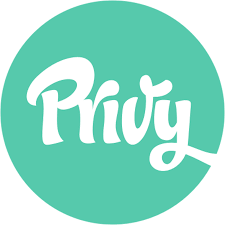How I Started A $300K/Year Business Making Cutting Boards
Hello! Who are you and what business did you start?
My name is Nils Wessell and I own and operate both Brooklyn Butcher Blocks and NilsWalker Designs.
My most popular product has to be our End Grain Walnut Butcher Block, available in 3 different sizes: 12x18, 16x20, and 18x24. Runners up would be our Walnut & Cherry Brick and Mortar Board and our Maple End Grain Cutting Boards.
Brooklyn Butcher Blocks typically grosses about $220K to $350K annually; NWD is very new and I see it as being a long-term project, so at the moment, it doesn’t gross more than a few thousand a years. That is how BKBB started, so I know that patience is a virtue here.

What's your backstory and how did you come up with the idea?
Right after I moved...

Download the report and join our email newsletter packed with business ideas and money-making opportunities, backed by real-life case studies.

Download the report and join our email newsletter packed with business ideas and money-making opportunities, backed by real-life case studies.

Download the report and join our email newsletter packed with business ideas and money-making opportunities, backed by real-life case studies.

Download the report and join our email newsletter packed with business ideas and money-making opportunities, backed by real-life case studies.

Download the report and join our email newsletter packed with business ideas and money-making opportunities, backed by real-life case studies.

Download the report and join our email newsletter packed with business ideas and money-making opportunities, backed by real-life case studies.

Download the report and join our email newsletter packed with business ideas and money-making opportunities, backed by real-life case studies.

Download the report and join our email newsletter packed with business ideas and money-making opportunities, backed by real-life case studies.

















